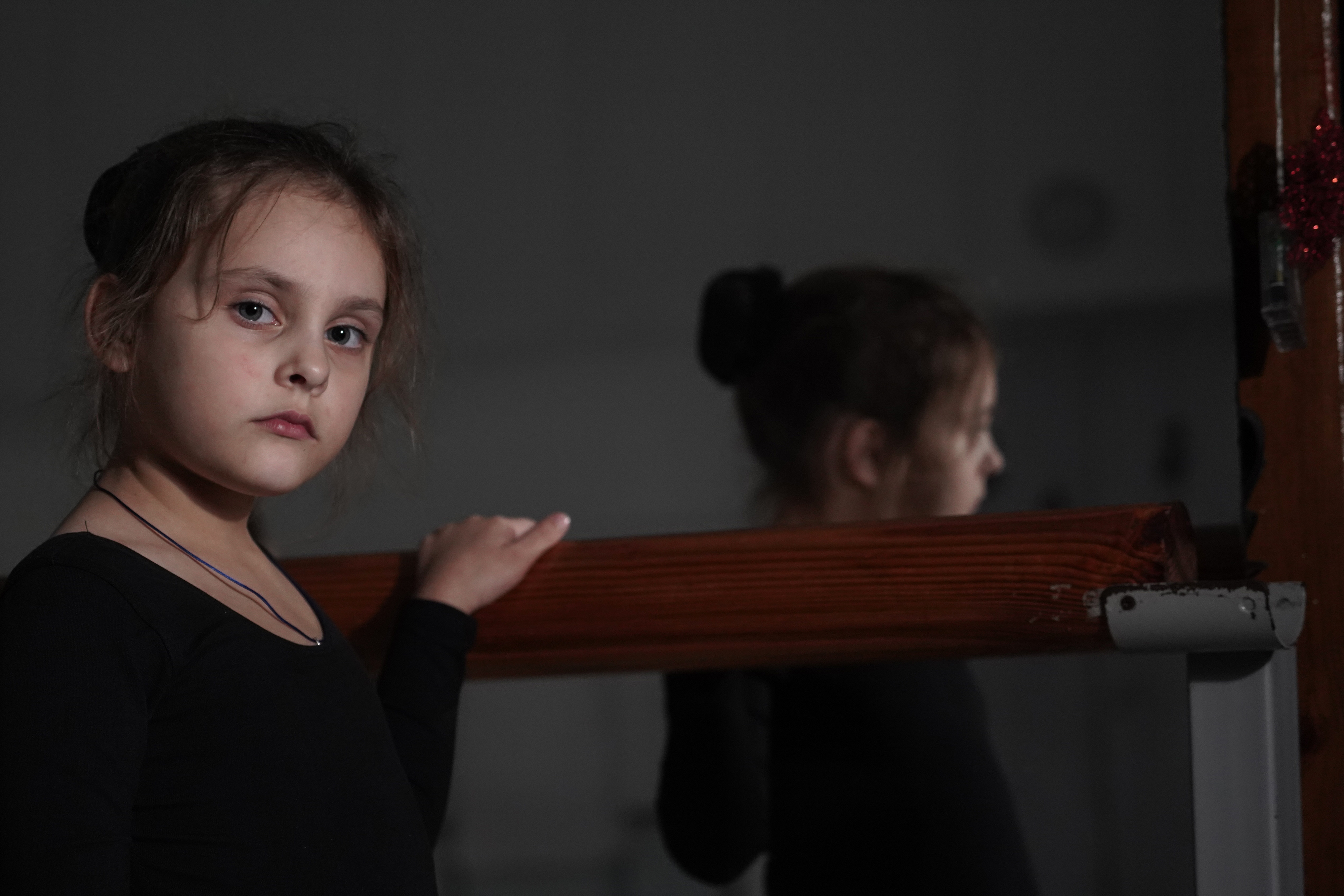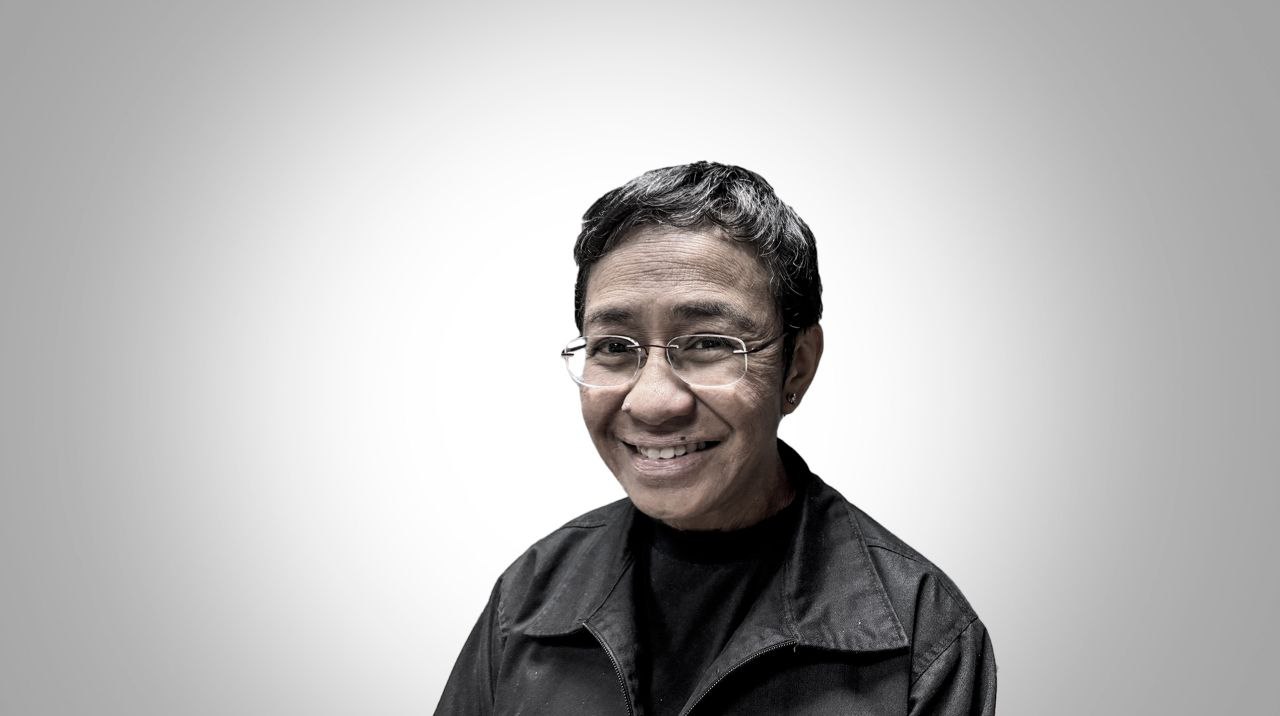Can Ukraine meet the growing demand for prosthetics?
Aerial reconnaissance officer Serhiy Telehera lost both of his feet in combat. Today he is learning to walk on prostheses, and in the future, he plans to replace them with sport ones so he can run a marathon. Serhiy is one of several hundred Ukrainians who receive free treatment at the Superhumans rehabilitation center. In total, at least 35,000 people in Ukraine, the most mined country on the planet, need prostheses, and this number is constantly growing. Life in War tried to find out whether factories around the world can provide prostheses for Ukrainian amputees.


The main obstacle to the Ukrainian counteroffensive was the mining of the territory by Russian troops, which is unprecedented in terms of area and density in history. In some parts of the frontline, the number of mines is four per square meter. The enemy is laying anti-tank mines designed to destroy vehicles mixed with anti-personnel mines. The intention is not to kill but to maim soldiers, thus luring as many medics and other military personnel as possible to the minefield in a hurry to help the wounded.
One of the most horrifying testimonies to the effectiveness of anti-personnel mines was a video shot from a drone in the first days of the counteroffensive. It shows the results of the disembarkation of soldiers of the 47th Brigade of the Armed Forces of Ukraine from an armored personnel carrier: five people lying with their legs severed, killed or seriously wounded. During the evacuation attempt, three more Ukrainian soldiers who came to the aid of their brothers-in-arms trip mines.
All of the survivors of this battle need prosthetics.
Five people are lying with their legs blown off. Three more soldiers who came to help, trip mines
Not only mines
The injury of 29-year-old Serhiy Telehera is typical of this war. The military is critically short of armored vehicles, so many combat missions are performed in civilian cars. In February 2022, Telehera, formerly a waiter at a Kyiv restaurant, volunteered for the Armed Forces, fought in the artillery, and later retrained as an aerial reconnaissance officer. Colleagues from the restaurant bought Serhiy a pickup truck. On June 20, 2023, Telehera's car came under fire. Serhiy drove off the road and hit an anti-tank mine.
The explosion damaged his lower limbs. After that, Serhiy went through four hospitals. His feet could not be saved, but the doctors managed to save his knees, which made further prosthetics much easier (the higher the amputation, the more difficult it is to make a prosthesis and therefore more problematic it will be to move around).
According to the statistics provided by the chief traumatologist of the Armed Forces of Ukraine, Yuriy Yarmolyuk, 65-70% of injuries in the Russo-Ukrainian war are to the limbs. This high proportion is due to the fact that, unlike the body and head, which are protected by helmets and body armor, the legs and arms remain vulnerable to blast waves.

Most Ukrainian soldiers with limb injuries survive thanks to the use of hemostatic tourniquets. However, while saving lives, the tourniquets also increase the number of amputations. During heavy battles under enemy fire, it is sometimes impossible to evacuate the wounded or provide them with qualified medical care for many hours. Tissue necrotizes in the limb, which is tightened by a tourniquet and therefore deprived of blood circulation: the process is almost irreversible in six hours.
In the last months of the war, the situation has been significantly worsened by the enemy's frequent use of FPV drones, whose strikes have virtually stopped the movement of evacuation vehicles on the front line during daylight hours. It is increasingly reported that Russian FPV drones have been modified with thermal imagers and can now destroy vehicles at night.

There are tens of thousands of amputees
Due to the lack of official statistics on the number of wounded soldiers, experts estimate the number of amputees based on indirect data. In early August 2023, during the summer offensive of the Armed Forces of Ukraine in Zaporizhzhya Oblast, The Wall Street Journal estimated the number of Ukrainian soldiers in need of prosthetics at 20,000-50,000. Around the same time, doctor Denys Surkov, a battlefield medical specialist, put the number at 50,000. In late September, Andriy Stavnitser, founder of Ukraine's most modern rehabilitation center, Superhumans Center, indicated that more than 35,000 Ukrainians could be waiting for prosthetics.
No country's medicine is ready for tens of thousands of amputees
Whichever of these figures is more accurate, it will not be final. 66 combat engagements, two missile and 61 air strikes, and 45 attacks from multiple launch rocket systems – this is the report of the Ukrainian General Staff on the enemy's activity for just one day in December 2023. Each day of the war increases the number of amputees and creates the world's largest market for artificial limbs in Ukraine, which will continue to be in demand after the end of hostilities. For years to come, Ukrainians will continue to encounter mines while working in the fields and walking in the woods.
No country's healthcare system is ready for tens of thousands of amputees, as maintaining high production capacity for prostheses in peacetime is superfluous. In Germany and Switzerland, which are world leaders in prosthetics, the industry is mostly focused on the needs of the elderly.
Ukraine will become the world's largest market for prosthetics, and the demand for them will continue after the war is over
The average cost of a high-quality prosthesis is $20,000-25,000 (from $10,000 to $100,000 depending on its type and complexity). The Ukrainian state provides wounded soldiers with up to €25,000 for a prosthesis, but if two or three are needed, it will cover the higher cost. However, in a comment to Life in War, Yulia Vodko, a communicator at the Yurydychna Sotnia NGO, an organization that defends the rights of the military, says that an injury does not guarantee that a wounded soldier will receive a prosthesis quickly, primarily because it is impossible to investigate the causes of his injury.

If a soldier is injured due to negligence, either his own or the command's, an investigation should be conducted. If he was wounded by the enemy, an investigation is unnecessary. However, Vodko notes that the command does not always record that the soldiers are involved in combat, so it is virtually impossible to confirm where and under what circumstances they were injured during a clash. Vodko says that even if an investigation is conducted the command can delay the issuance of an injury certificate, a required document for receiving medical care. She says the problem is widespread: in two years, Yurydychna Sotnia has reviewed more than 200 complaints from soldiers who have not received adequate treatment.
The market of prostheses
Modern technologies make it possible to create prostheses that allow playing the piano and climbing Everest. However, production itself is not militarized and is unable to supply thousands of prostheses for Ukrainians who want to work or return to the army.
Amputees can choose from sophisticated functional prostheses: mechanical arms with several types of grip; artificial legs designed for long walks and running, and innovative bionic devices controlled by electrical signals from muscles. However, one prosthesis model is not enough to fully meet all needs. For example, at the Protez Foundation clinic, a patient can have three replacement prostheses made: for walking, swimming, or running. However, not everyone can get all the models needed for a well-rounded life.
Aerial reconnaissance officer Serhiy Telehera received his prostheses and further rehabilitation at the Superhumans center for free. This organization exists at the expense of donors and patrons and does not receive government funding. Both military and civilians, including children affected by the war, can become patients of Superhumans by filling out a form on the website. Currently, there are more than 600 people on the waiting list for prostheses at Superhumans.
Every month, 300 prostheses are fitted in Ukraine. Over 1,000 are needed
Prostheses are made from parts manufactured in the EU and the US, individually for each wounded person, taking into account body parameters, personal needs, and even future occupation. Concomitant diseases, activity, and metabolism are all taken into account. Residual limbs differ in length, thickness, and shape. Therefore, the task of the specialists is to develop a comfortable prosthetic socket. Almost always, a reamputation, a reconstructive surgery to eliminate residual limb defects, must be performed. Under combat circumstances, Ukrainian military surgeons are not always able to properly prepare the residual limb for further prosthetics during complex, high amputations.
Ukraine's needs
When the number of wounded increased to many thousands, a shortage of prosthetists, rehabilitation centers, and prosthetic components naturally arose. According to the Fund for Social Protection of People with Disabilities, there are 60 companies in Ukraine that provide prosthetic limbs at public expense. However, only 5-7 of them take on complex cases and are ready to provide the most modern models of artificial limbs.

The founder of the Superhumans Center, Andriy Stavnitser, estimates that about 300 prostheses are fitted every month throughout Ukraine. The demand exceeds 1,000.
The transportation of patients to Europe and the United States is problematic: every few months the prosthesis needs to be adjusted to the natural changes in the residual limb, and the adjustments should be made by the experts who assembled and fitted it. The only way out for Ukraine is to create its own prosthesis production, borrow technologies, train engineers and doctors, and build a wide network of rehabilitation centers. Otherwise, thousands of people waiting in line for prosthetics will be confined at home due to insufficient inclusiveness of Ukrainian cities.
Photo courtesy of Superhumans



















